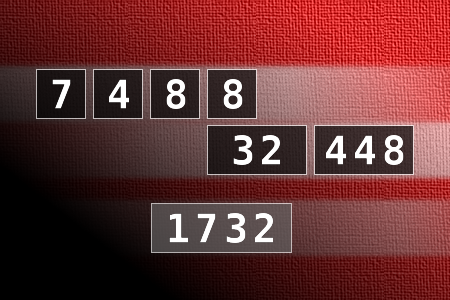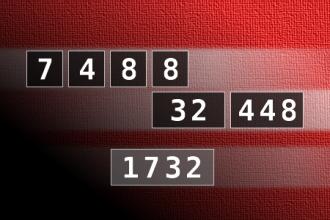Calculate the number 1732
NUMBERMANIA: Calculate the number 1732 using numbers [7, 4, 8, 8, 32, 448] and basic arithmetic operations (+, -, *, /). Each of the numbers can be used only once.Correct answers: 33
The first user who solved this task is Djordje Timotijevic.
#brainteasers #math #numbermania


